Home>Garden Essentials>What Football Stadiums Use Astro Turf
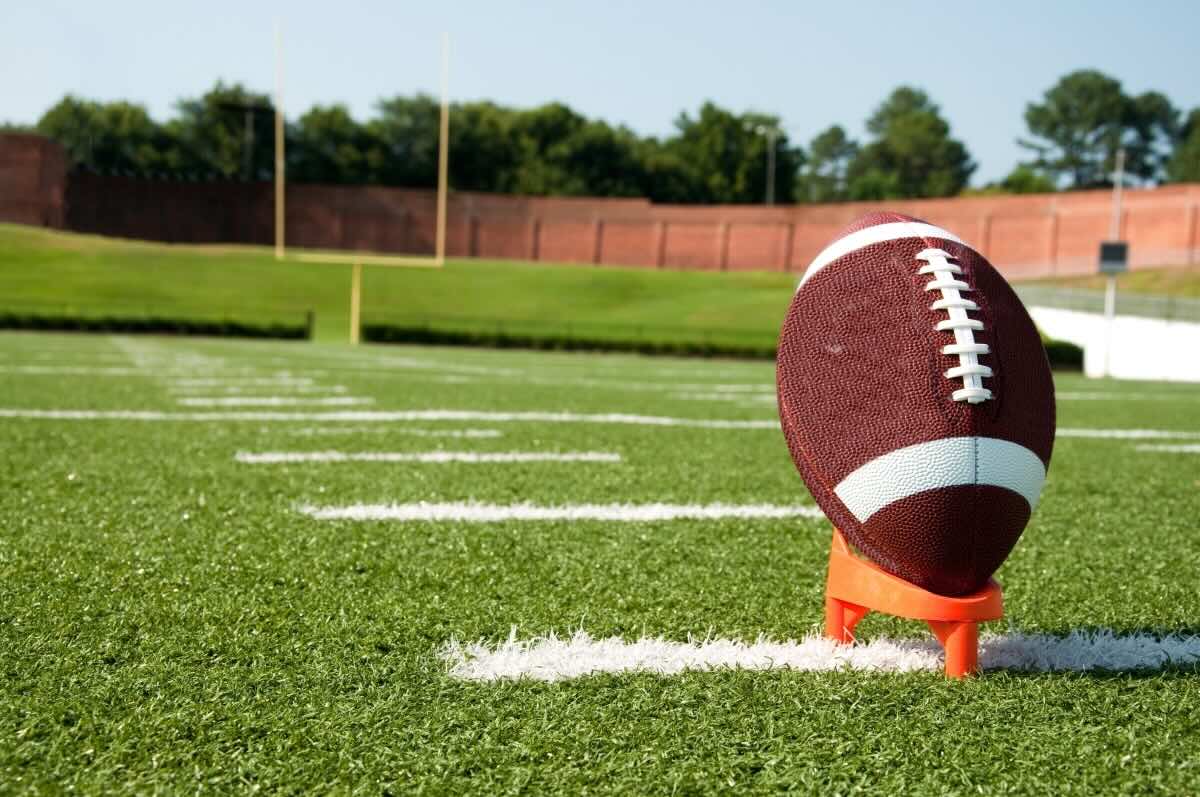

Garden Essentials
What Football Stadiums Use Astro Turf
Modified: March 7, 2024
Discover which football stadiums use astro turf and how it can enhance your garden with durable and low-maintenance synthetic grass.
(Many of the links in this article redirect to a specific reviewed product. Your purchase of these products through affiliate links helps to generate commission for Storables.com, at no extra cost. Learn more)
Introduction
The use of artificial turf, commonly known as Astro Turf, has become increasingly popular in football stadiums around the world. This innovative technology has revolutionized the way football matches are played and has garnered both praise and criticism from players, fans, and experts alike.
In this article, we will delve into the history of Astro Turf in football stadiums, explore the advantages and disadvantages of its use, and examine some notable football stadiums that have embraced this synthetic turf.
But first, let’s understand what Astro Turf actually is. Astro Turf is a brand of artificial turf that was first introduced in the 1960s. It is made from synthetic materials like polyethylene, polypropylene, or nylon, designed to mimic the texture and appearance of natural grass. Through technological advancements, Astro Turf has evolved to closely resemble real grass, providing a consistent playing surface that requires minimal maintenance.
The adoption of Astro Turf in football stadiums has been driven by several factors. One of the key reasons is the ability to provide a stable and consistent playing surface regardless of weather conditions. Unlike natural grass, Astro Turf can withstand heavy rain, extreme heat, and freezing temperatures, ensuring that matches are not disrupted and players can perform at their best.
Furthermore, the use of Astro Turf allows stadiums to host multiple events without compromising the quality of the playing surface. Traditional grass fields require time to recover after a match, making it challenging for stadiums to accommodate frequent games, concerts, or other events. With Astro Turf, stadiums can host back-to-back events without worrying about the condition of the pitch.
Another advantage of Astro Turf is the reduction in maintenance costs. Natural grass fields require regular mowing, watering, fertilizing, and pest control, which can be time-consuming and expensive. In contrast, Astro Turf requires minimal maintenance, saving stadiums money and reducing their ecological footprint.
However, it’s important to note that there are also drawbacks to using Astro Turf in football stadiums. One of the main criticisms is the increased risk of injuries, particularly muscle strains and joint problems. While advancements in Astro Turf technology have made the surface softer and more forgiving, it still poses a greater risk compared to natural grass due to its lack of shock absorption.
Additionally, some argue that the aesthetics of Astro Turf cannot match the beauty of a well-maintained natural grass field. The perfectly manicured green grass, combined with the smell and feel, create a unique atmosphere in football stadiums that cannot be replicated by synthetic turf.
Despite these concerns, many football stadiums around the world have embraced Astro Turf for its practicality and functionality. Let’s explore some notable stadiums that have made the switch to this innovative playing surface.
Key Takeaways:
- Football stadiums use Astro Turf for its durability, weather resistance, and lower maintenance costs, allowing for more events and consistent playing surfaces. However, it may pose an increased risk of injuries.
- Notable stadiums like CenturyLink Field and Camp Nou have embraced Astro Turf for reliability and versatility. The choice between Astro Turf and natural grass depends on individual stadium needs and budget considerations.
History of Astro Turf in Football Stadiums
The history of Astro Turf in football stadiums is a testament to the constant pursuit of improvement and innovation in the world of sports. The use of artificial turf in sports dates back to the 1960s, when the first generation of Astro Turf was introduced.
Originally developed by a team of researchers led by chemist James M. Faria and engineer Robert Wright, Astro Turf was initially designed as a solution for sports played in indoor facilities, where the lack of natural sunlight made it challenging to maintain a healthy grass field. It was first used in the Houston Astrodome in 1966, revolutionizing the way sports were played indoors.
The success of Astro Turf in indoor sports prompted the exploration of its use in outdoor stadiums, including football. The potential benefits of artificial turf, such as durability, weather resistance, and cost-effectiveness, intrigued stadium owners and football associations around the world.
In the 1970s, the first synthetic surface specifically designed for football, known as “Football Turf,” was introduced. This second generation of Astro Turf featured longer fibers that closely resembled natural grass and provided better traction for players. It was embraced by several football stadiums, including the home stadiums of NFL teams.
Over the next few decades, advancements in technology led to the development of third and fourth-generation Astro Turf. These iterations featured improvements in shock absorption, drainage, and playability, making them more suitable for professional football. The synthetic turf became more realistic, mimicking the look and feel of natural grass, while still offering the durability and practicality that appealed to stadium owners.
However, the use of Astro Turf in football stadiums has not been without controversies. During the early years, players and fans criticized the synthetic surface for its lack of cushioning and increased risk of injuries. The abrasive nature of the earlier generations of Astro Turf led to injuries like turf burns, which affected players’ performance and prolonged recovery time.
Recognizing these concerns, manufacturers continued to invest in research and development to address the issues raised. They developed shorter, softer fibers and added infills like rubber or sand to improve shock absorption and reduce the risk of injuries. These advancements, combined with stricter safety regulations, have made modern-day Astro Turf much safer and more player-friendly.
Today, Astro Turf is widely utilized in football stadiums across the globe. From major international tournaments to local club matches, many teams call these synthetic fields their home. The evolution of Astro Turf technology has contributed to the growth and popularity of the sport by offering consistent playing surfaces that can withstand heavy usage and adverse weather conditions.
As the demand for better playing surfaces continues to rise, manufacturers continue to innovate, developing even more advanced versions of Astro Turf. These advancements aim to provide an even closer replication of natural grass and ensure the safety and performance of football players.
Advantages of Astro Turf in Football Stadiums
The use of Astro Turf in football stadiums offers a myriad of advantages that have made it a popular choice for many clubs and stadium operators. Let’s explore some of these benefits:
- Durability: Astro Turf is highly durable and can withstand heavy usage. Unlike natural grass, which can become worn and damaged over time, Astro Turf maintains its quality and appearance even after numerous matches and events. This durability ensures that stadiums can provide a consistently high-quality playing surface throughout the season.
- Weather Resistance: One of the significant advantages of Astro Turf is its ability to withstand various weather conditions. Unlike natural grass, which can become muddy and slippery in rainy conditions or worn out in dry and hot climates, synthetic turf remains unaffected. This ensures that matches can be played without interruption and guarantees a level playing field for all teams.
- Lower Maintenance: Maintaining natural grass fields requires extensive resources, including regular mowing, irrigation, fertilization, and pest control. In contrast, Astro Turf requires minimal maintenance. There is no need for mowing, watering, or applying pesticides. This not only saves stadium operators time and effort but also significantly reduces maintenance costs in the long run.
- Increased Playing Time: Natural grass fields need time to recover after intense usage. However, Astro Turf can be used more frequently without the worry of damaging the playing surface. This allows stadiums to host multiple matches, training sessions, and events in a shorter period, maximizing their revenue potential.
- Accessibility: Astro Turf provides greater accessibility for players and fans with disabilities. The even and stable surface of synthetic turf makes it easier for individuals using wheelchairs or mobility aids to navigate the stadium, enhancing their overall experience and inclusivity.
- Consistent Performance: Astro Turf offers a consistent playing surface regardless of external factors, such as weather or heavy usage. The uniform texture and dimensions of the synthetic turf ensure that teams can adapt their playing style and tactics to the field without any surprises. This consistency enhances the overall quality of the game and allows players to showcase their skills effectively.
- Versatility: Astro Turf provides stadiums with increased versatility in hosting various events. Unlike natural grass fields that require significant downtime for recovery, synthetic turf can be used immediately after an event, accommodating concerts, exhibitions, or other non-sporting activities. This flexibility allows stadiums to generate additional revenue and attract diverse audiences.
- Environmental Benefits: Although Astro Turf is made from synthetic materials, it offers certain environmental benefits. As it requires minimal watering and eliminates the use of pesticides and fertilizers, it helps conserve water and reduces harmful chemical runoff into the environment. Additionally, since synthetic turf does not need regular mowing, it reduces pollution caused by gas-powered mowers.
These advantages have undoubtedly contributed to the widespread adoption of Astro Turf in football stadiums worldwide. They provide stadium operators, players, and fans with a reliable, durable, and versatile playing surface that enhances the overall experience of the game.
Some football stadiums that use Astro Turf include the Al Lang Stadium in St. Petersburg, Florida, and the Estadio Akron in Guadalajara, Mexico.
Disadvantages of Astro Turf in Football Stadiums
While Astro Turf offers numerous advantages, it is essential to consider the potential drawbacks associated with its use in football stadiums. Here are some disadvantages to keep in mind:
- Injury Risk: One of the main concerns with Astro Turf is the increased risk of injuries compared to natural grass. Despite advancements in technology, synthetic turf still poses a higher risk of muscle strains, joint problems, and other impact-related injuries. The lack of natural shock absorption and the firmer surface can put additional stress on players’ bodies during intense gameplay.
- Lack of Aesthetics: While Astro Turf has come a long way in terms of replicating the look and feel of real grass, some argue that it cannot match the aesthetics of a well-maintained natural grass field. The vibrant green color, the scent of freshly cut grass, and the natural texture of real turf all contribute to the unique atmosphere of football stadiums.
- Heat Retention: Synthetic turf has a tendency to retain heat, especially in warmer climates or sunny environments. This can lead to discomfort for players, increasing the risk of overheating and heat-related illnesses. Stadiums in hotter regions need to take extra precautions to mitigate this issue, such as using cooling measures like shade covers or irrigation systems to reduce the surface temperature.
- Playing Surface Consistency: Although Astro Turf provides a consistent playing surface, it may not have the same natural variation and unpredictability as grass fields. The slight variations in grass density or irregularities in the natural terrain can add excitement and unpredictability to the game. Synthetic turf, being more uniform and level, may not offer the same sense of challenge or strategic opportunities.
- Maintenance Challenges: While Astro Turf requires less maintenance compared to natural grass, it is not entirely maintenance-free. Regular cleaning, brushing, and infill replenishment are necessary to keep the turf in optimal condition. Failure to maintain the surface properly can lead to issues like compaction, loss of cushioning, and reduced playability. Stadium operators must invest in specialized equipment and trained personnel to ensure proper maintenance.
- Initial Cost: The installation of Astro Turf comes with a substantial initial cost. The expenses associated with site preparation, purchasing and installing the synthetic turf, and any necessary drainage systems can be a significant investment for football stadiums. However, it’s important to note that over time, the lower maintenance costs of Astro Turf may offset the initial investment.
- Environmental Impact: While Astro Turf saves water and reduces the use of pesticides and fertilizers, it is not entirely environmentally friendly. The materials used in synthetic turf production are not biodegradable, which means that at the end of its lifespan, synthetic turf requires proper disposal. Additionally, the carbon footprint associated with the manufacturing and transportation of Astro Turf should be taken into consideration.
Despite these disadvantages, many football stadiums continue to embrace Astro Turf due to its practicality, versatility, and ability to provide a consistent playing surface. It is crucial for stadium operators, players, and fans to weigh these drawbacks against the benefits and make an informed decision based on their specific needs and circumstances.
Notable Football Stadiums that Use Astro Turf
Astro Turf has become increasingly popular among football stadiums around the world, with many notable venues opting for this synthetic playing surface. Let’s take a look at some of the most renowned football stadiums that have embraced Astro Turf:
- CenturyLink Field: Located in Seattle, Washington, CenturyLink Field is home to the NFL’s Seattle Seahawks and the MLS’s Seattle Sounders FC. The stadium features Astro Turf and is renowned for its vibrant atmosphere and the intimidating noise generated by the passionate fans.
- Mercedes-Benz Superdome: Situated in New Orleans, Louisiana, the Mercedes-Benz Superdome is a multipurpose stadium that hosts NFL games, including those of the New Orleans Saints. The stadium switched to Astro Turf to accommodate various events and ensure a consistent playing surface year-round.
- Camp Nou: As the home stadium of FC Barcelona, Camp Nou is one of the most iconic football venues in the world. While the stadium had a natural grass pitch for many years, it made the transition to hybrid turf, which combines natural grass with Astro Turf fibers. This combination offers improved stability and durability for the field.
- BC Place Stadium: Located in Vancouver, Canada, BC Place Stadium is renowned for its retractable roof and its use of Astro Turf. The stadium is the home of the BC Lions of the Canadian Football League and hosted the opening and closing ceremonies of the 2010 Winter Olympics.
- Etihad Stadium: Situated in Manchester, England, Etihad Stadium is the home ground of Manchester City Football Club. The stadium uses Astro Turf for its training facilities, providing a consistent surface for the players to practice on and ensuring optimal playing conditions.
- Azteca Stadium: Located in Mexico City, Mexico, Azteca Stadium is a historic venue that has hosted numerous football matches, including multiple FIFA World Cup finals. The stadium utilizes Astro Turf to ensure a reliable and durable playing surface, given the high altitude and variable weather conditions of the region.
- Empire Field: As a temporary venue for the Vancouver Whitecaps FC during the renovation of BC Place Stadium, Empire Field showcased Astro Turf as its playing surface. The stadium allowed the team to continue playing their matches without interruption and provided an excellent temporary home for the fans.
- Turk Telekom Stadium: Situated in Istanbul, Turkey, the Turk Telekom Stadium is the home of Galatasaray S.K. The stadium features Astro Turf as its playing surface, offering durability and resilience in the face of the city’s extreme weather conditions and heavy usage.
These notable football stadiums are just a few examples of the many venues that have opted for Astro Turf. The decision to use synthetic turf is often driven by the need for a reliable playing surface that can withstand various weather conditions, accommodate frequent matches and events, and provide a consistent experience for players and fans.
As Astro Turf technology continues to advance, it is expected that more football stadiums will adopt this innovative playing surface, further contributing to the evolution of the game and enhancing the overall football experience for all involved.
Read more: Best Football Boots For Astro Turf
Conclusion
The use of Astro Turf in football stadiums has revolutionized the game, providing numerous advantages while also presenting some drawbacks. Synthetic turf offers durability, weather resistance, and lower maintenance costs, allowing stadiums to host multiple events and minimize downtime. It provides a consistent playing surface and increases accessibility for players and fans alike.
However, there are concerns regarding the increased risk of injuries, the aesthetic appeal compared to natural grass, and the heat retention properties of Astro Turf. Additionally, the initial installation cost and the environmental impact of synthetic turf should be taken into consideration.
Notable football stadiums around the world, including CenturyLink Field, Camp Nou, and BC Place Stadium, have embraced Astro Turf for its reliability, versatility, and ability to offer consistent playing conditions. As technology continues to advance, synthetic turf is expected to become even more realistic and player-friendly.
In the end, the choice between Astro Turf and natural grass comes down to individual stadium needs, budget considerations, and the goals of the management. Each option has its unique benefits and drawbacks, and the decision should be made after careful evaluation and consideration of all factors.
Ultimately, what matters most is creating an optimal experience for players and fans, ensuring their safety, and providing a playing surface that allows for the best performance possible. Whether a stadium chooses to embrace Astro Turf or stick with natural grass, the goal remains the same – to create an environment where the beautiful game can thrive and fans can enjoy the excitement of football.
Frequently Asked Questions about What Football Stadiums Use Astro Turf
Was this page helpful?
At Storables.com, we guarantee accurate and reliable information. Our content, validated by Expert Board Contributors, is crafted following stringent Editorial Policies. We're committed to providing you with well-researched, expert-backed insights for all your informational needs.
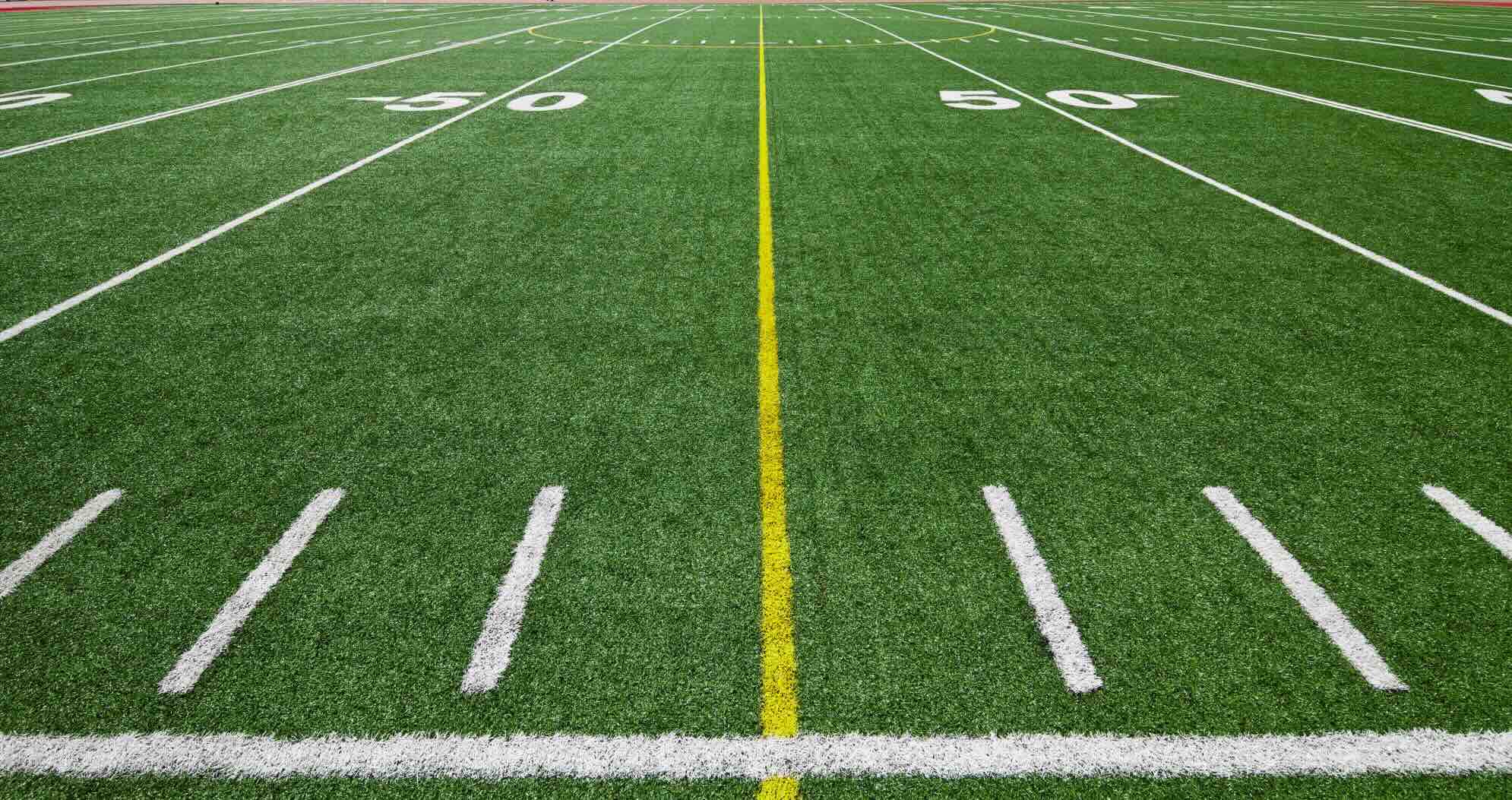
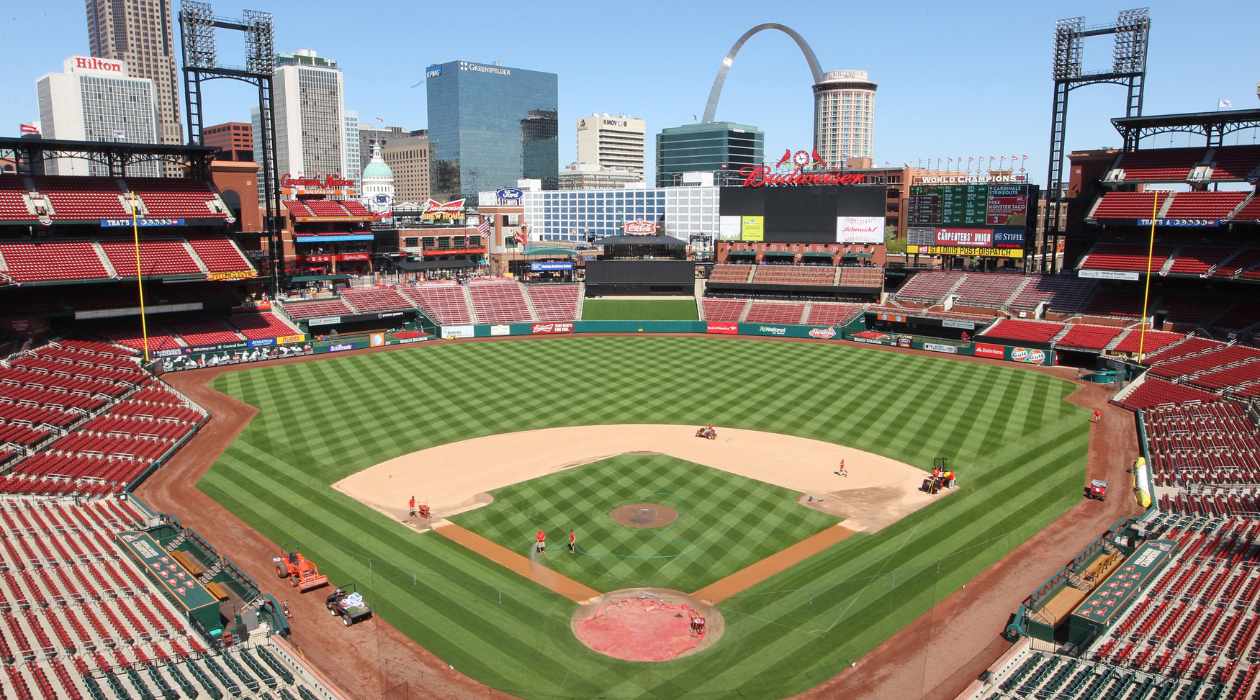
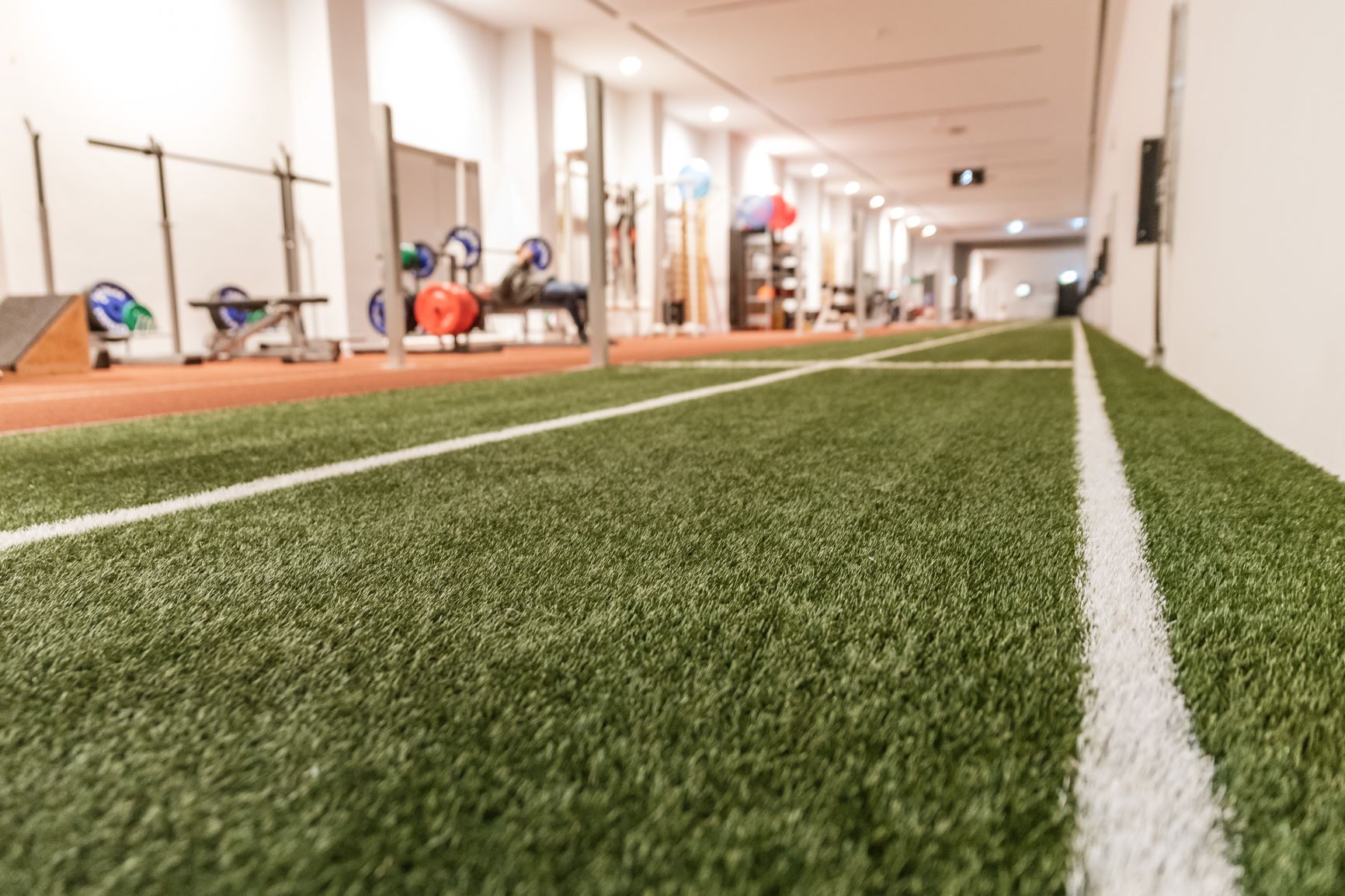
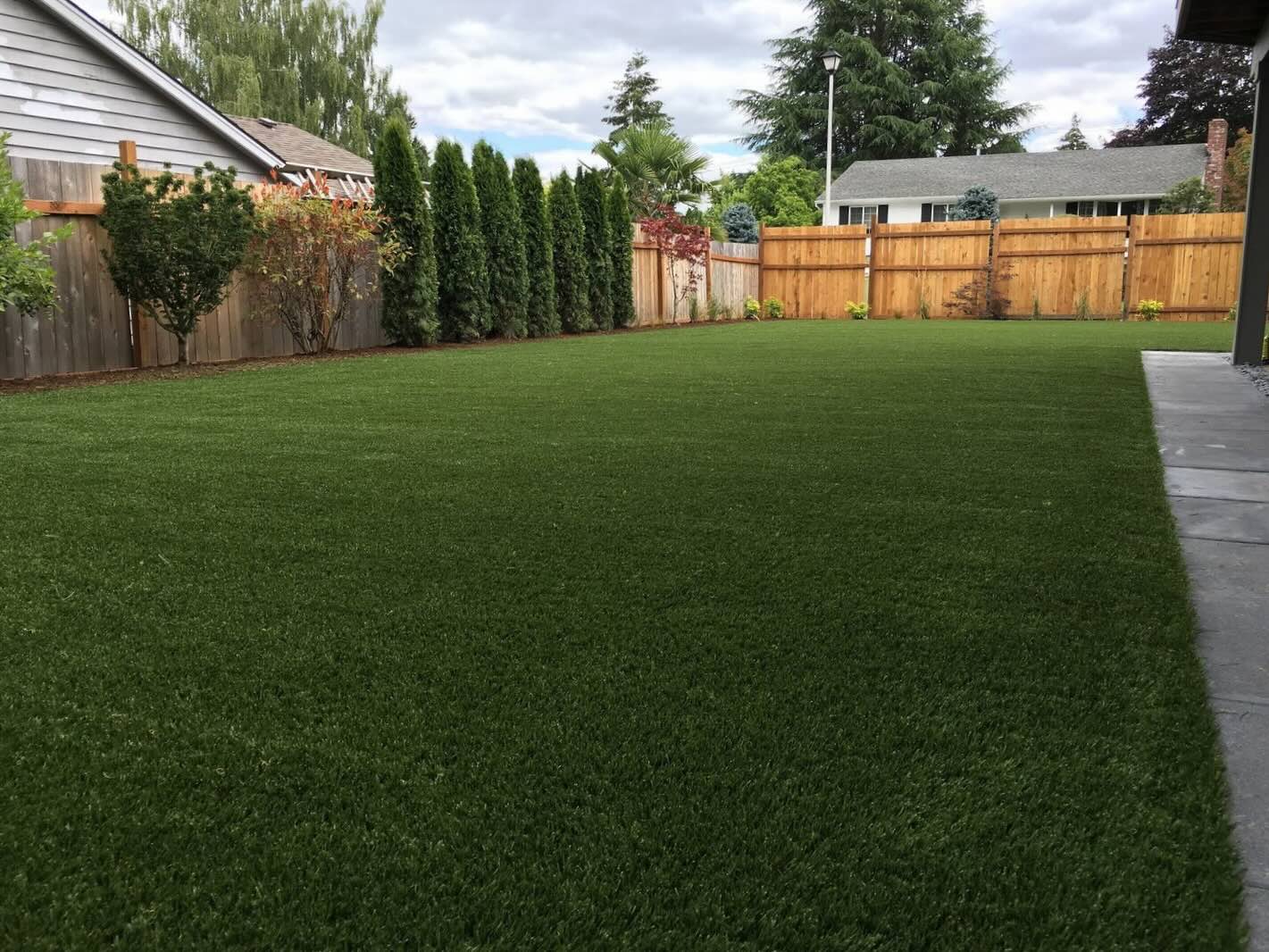
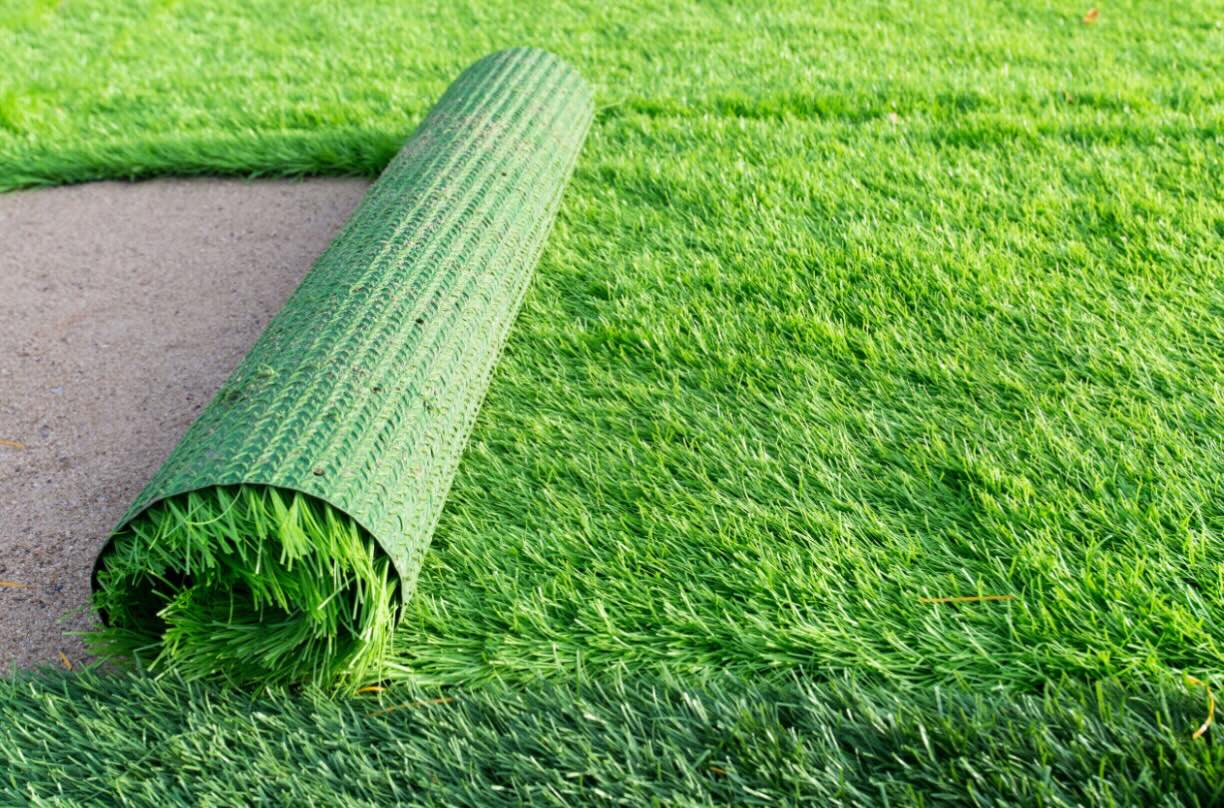
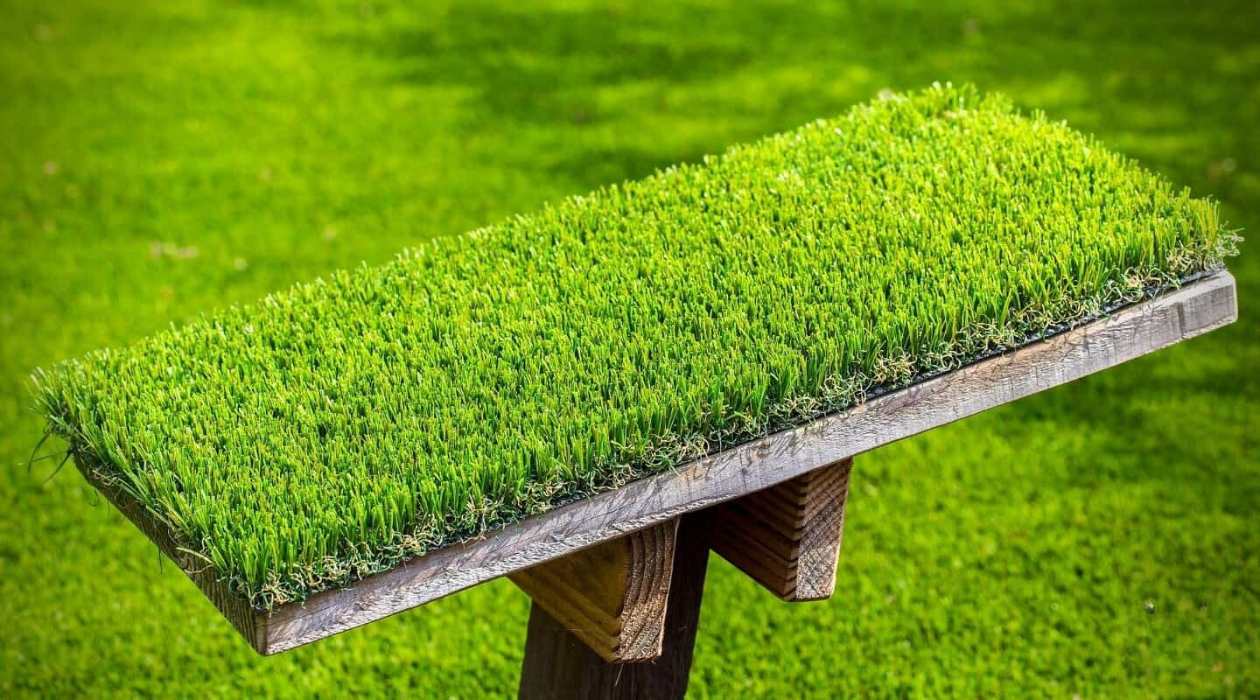
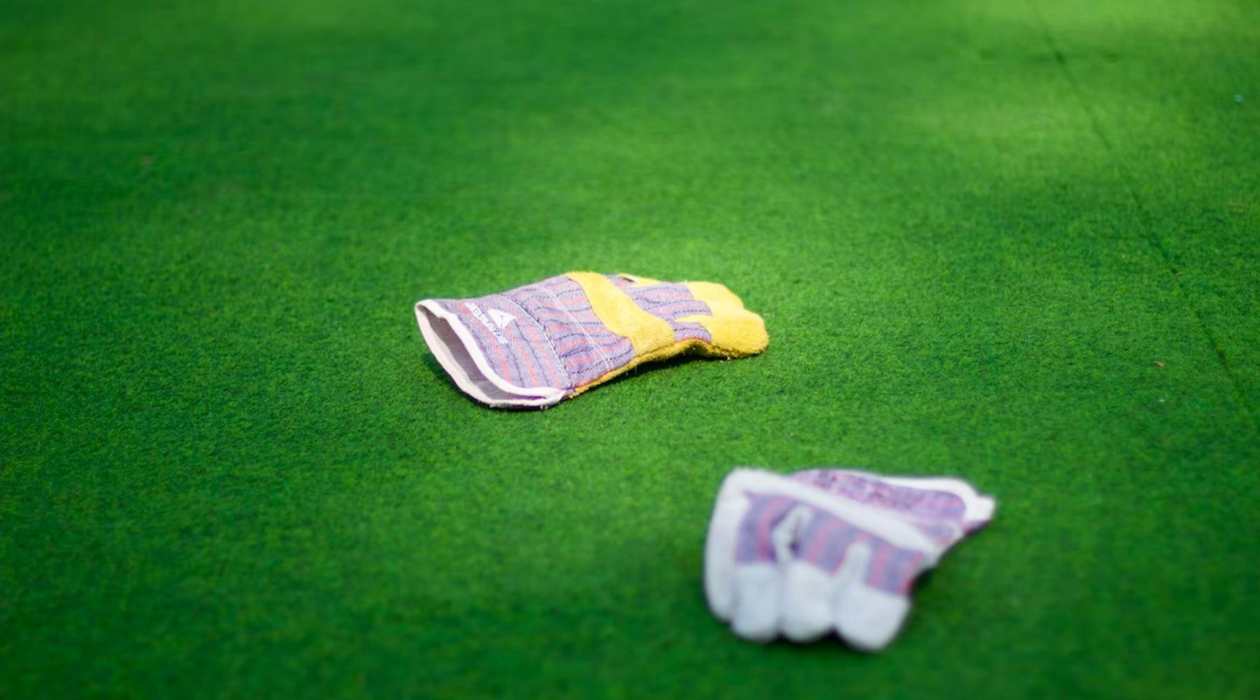
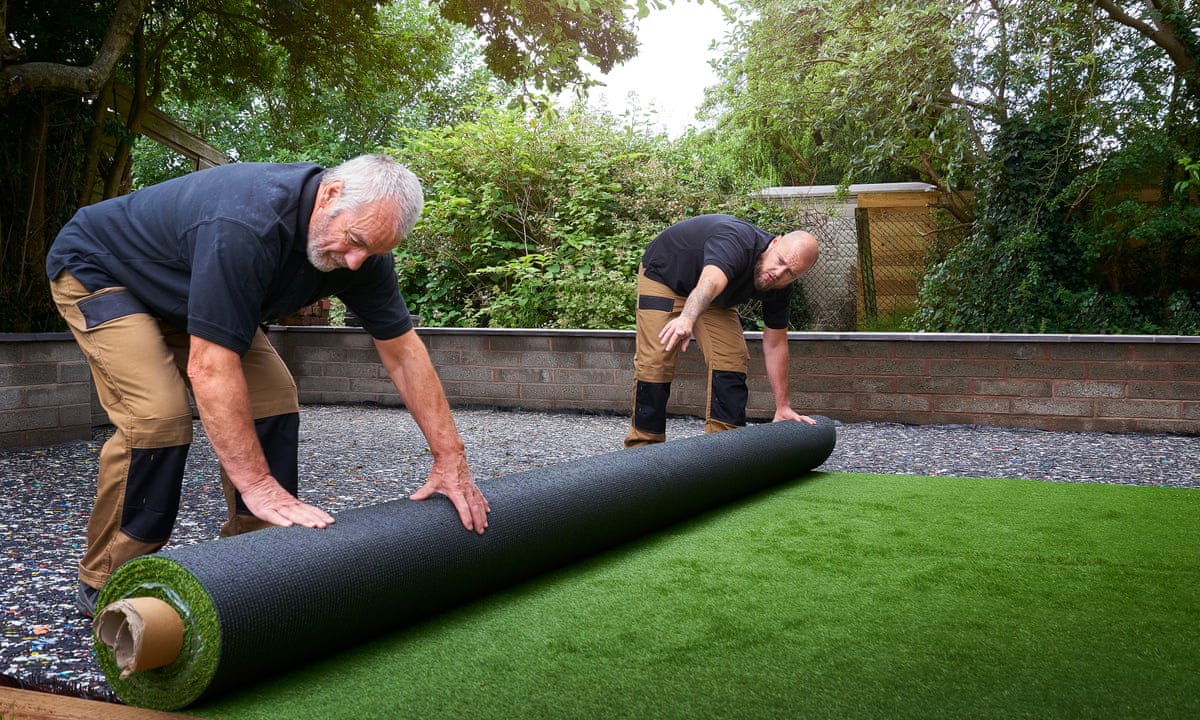
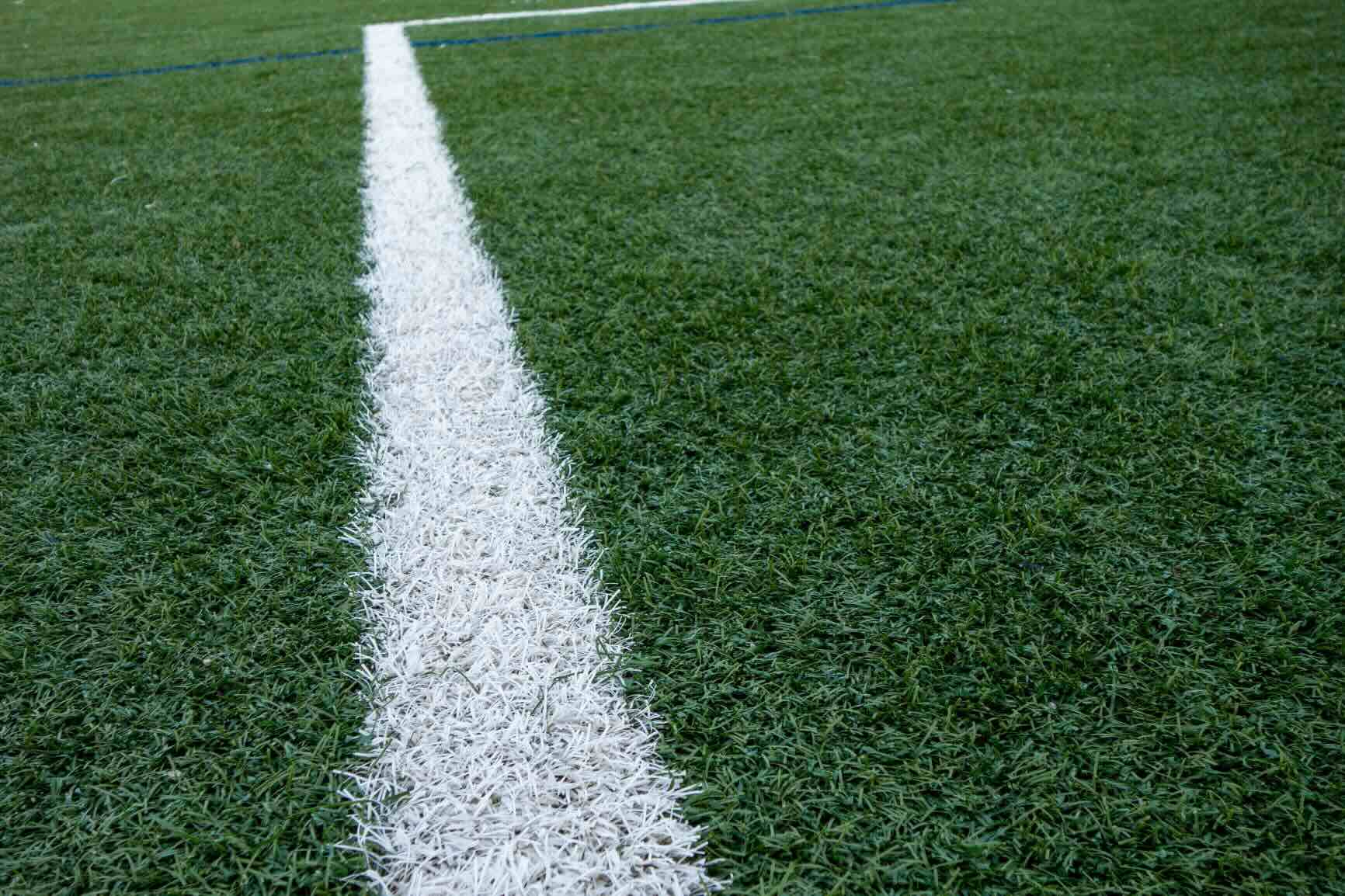
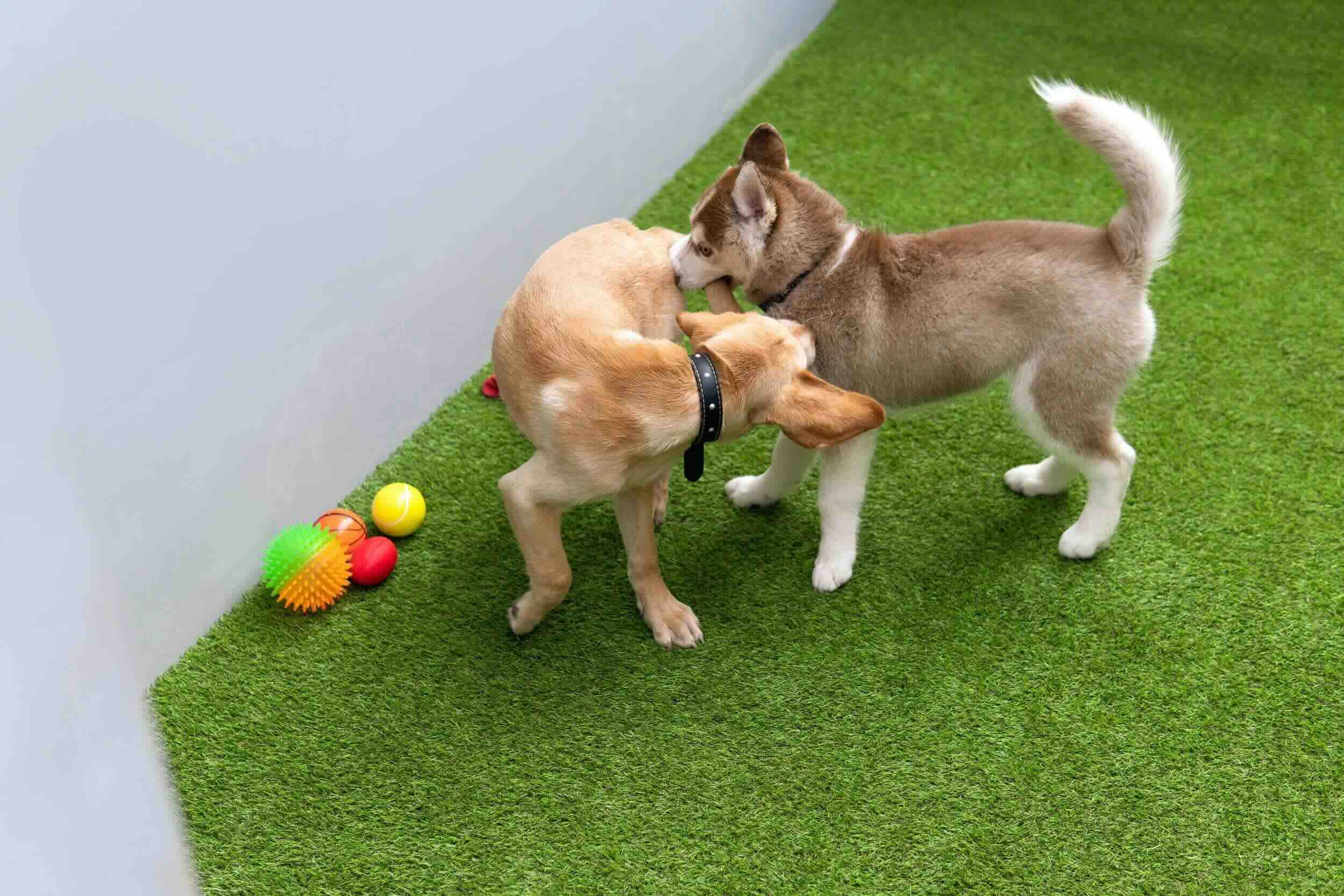
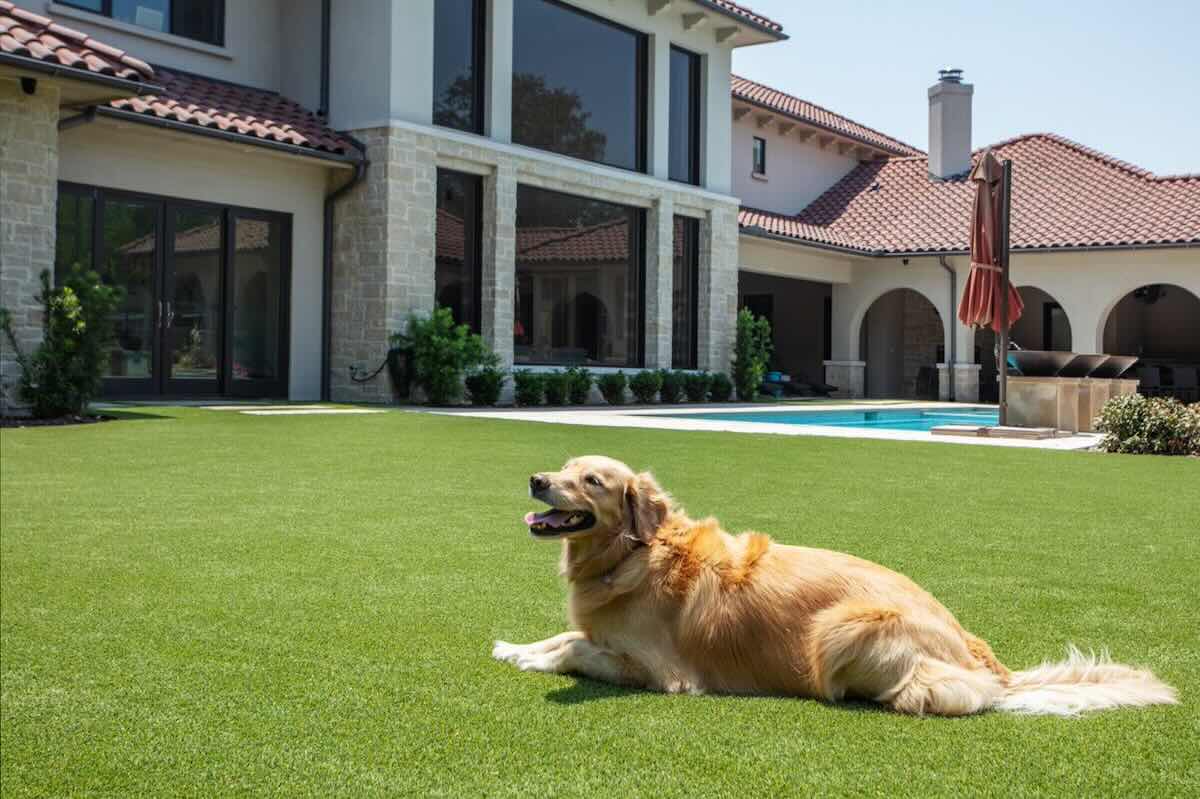
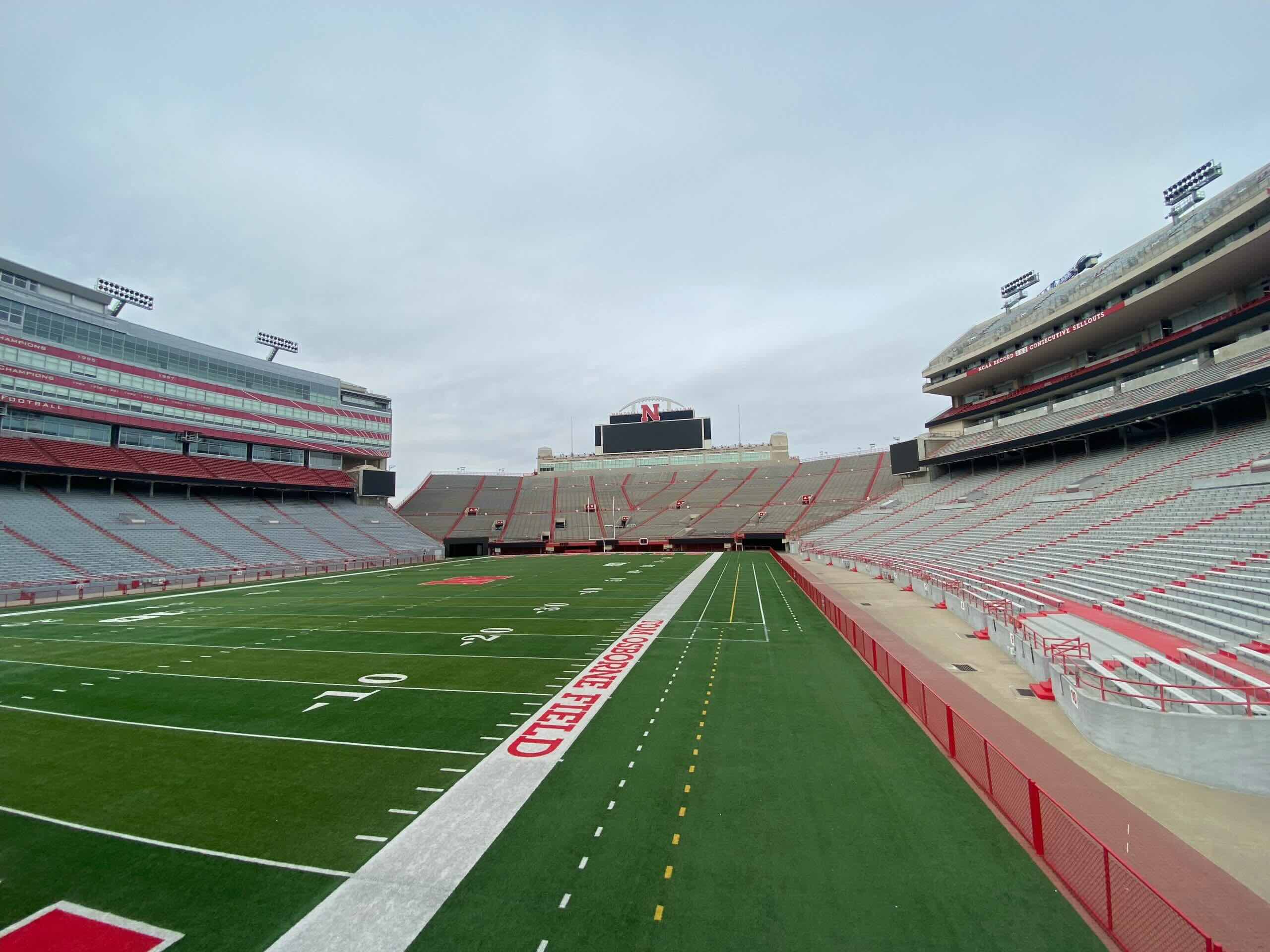

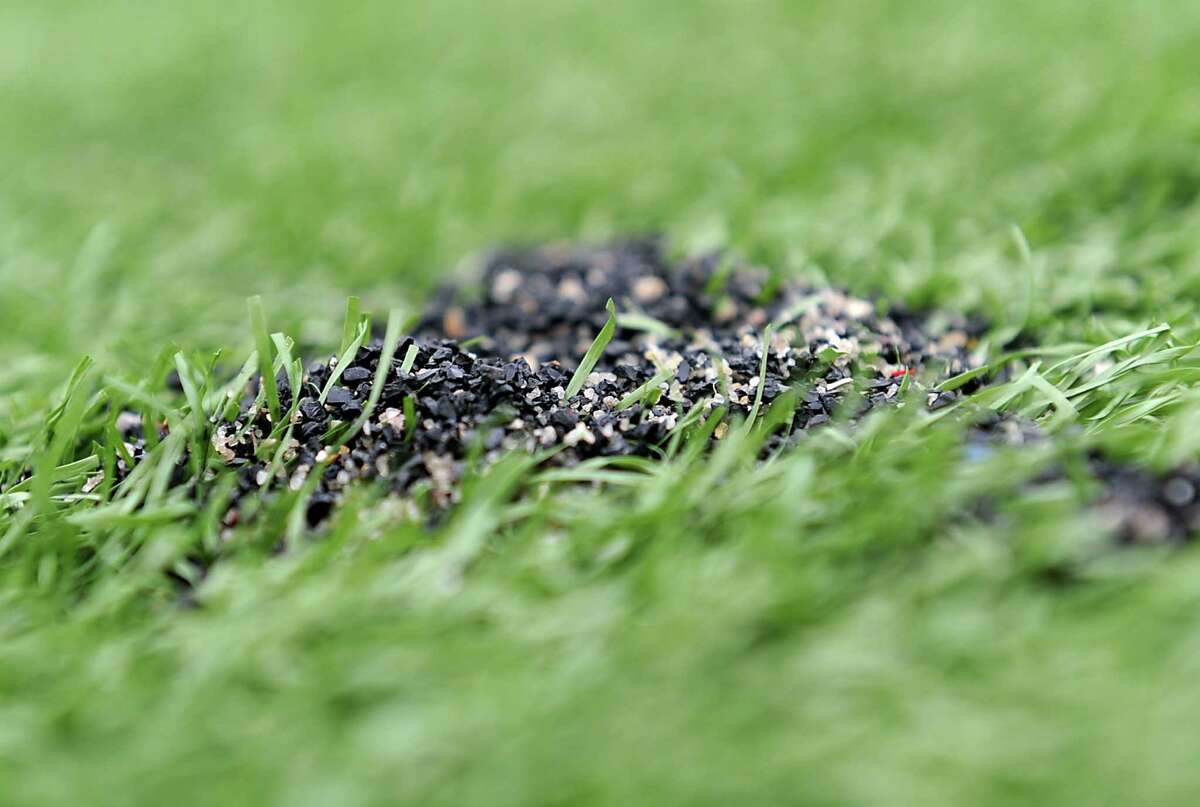

0 thoughts on “What Football Stadiums Use Astro Turf”